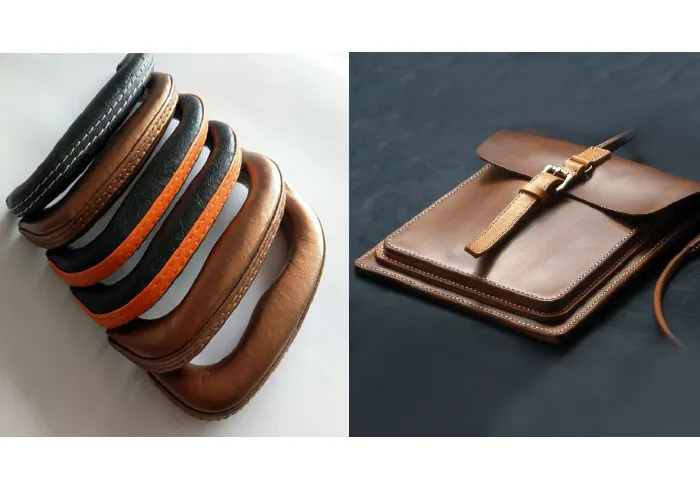Exploring the Versatility and Applications of Zigzag Stitching with Tailoring Machines in Modern Fashion
The Versatility of Zigzag Stitching in Tailoring Machines
In the world of tailoring, where precision and creativity intersect, the use of a zigzag stitch has become an essential component of modern sewing. Tailoring machines equipped with a zigzag feature allow both professionals and hobbyists to explore a myriad of techniques, providing a level of versatility that is crucial in garment construction and embellishment.
Understanding the Zigzag Stitch
The zigzag stitch, unlike the traditional straight stitch, alternates between left and right movements, creating a zigzag pattern. This stitch is not only functional but also decorative, making it a favorite among tailors for various applications. The width and length of the zigzag can be adjusted, enabling tailors to use it for a variety of purposes, from finishing raw edges to creating intricate designs.
Applications in Tailoring
One of the primary uses of the zigzag stitch is for finishing edges, particularly on woven fabrics that tend to fray. By sewing a zigzag along the raw edges, seamstresses can prevent fabric from unraveling while also giving the garment a professional finish. This technique is especially useful for fabrics that cannot be overlocked easily and provides a neat and secure way to manage fabric ends.
In addition to edge finishing, zigzag stitches are instrumental when working with stretch fabrics, such as knits and spandex. The inherent stretch of a zigzag stitch allows the seams to stretch with the fabric, ensuring that garments maintain their shape and fit without risk of tearing. This adaptability is crucial in sportswear, activewear, and even everyday clothing that requires flexibility.
tailoring machine zigzag

Moreover, the zigzag stitch can be employed creatively in garment design. Tailors can use it to add decorative elements to clothing, such as stitching patterns or embellishments. This artistic application transforms ordinary garments into unique pieces of wearable art. By using different stitch widths and lengths, creators can achieve various textures and visual effects, enriching the overall aesthetic of their designs.
The Importance of Machine Features
Modern tailoring machines come equipped with advanced features that enhance the zigzag stitching process. With digital displays and programmable settings, tailors can easily select their desired stitch type, width, and length. Some machines even allow for custom designs, enabling sewists to create unique patterns specific to their projects. This technological advancement not only makes the process quicker but also encourages exploration and innovation in garment making.
Additionally, the integration of zigzag stitching in quilting and patchwork has expanded its applications beyond clothing. Quilters use zigzag stitches to join layers, add decorative borders, and secure pieces together, making it a staple in the quilting community. This cross-disciplinary use illustrates the stitch’s adaptability and essential role in various fabric-related crafts.
Conclusion
In conclusion, the zigzag stitch is an indispensable tool in the tailoring industry, offering functionality and creativity in equal measure. From edge finishing to fabric flexibility, its applications are broad and varied, making it essential for both professional seamstresses and enthusiastic hobbyists. As tailoring machines continue to evolve with enhanced functionalities, the potential for innovative uses of the zigzag stitch will only grow, reaffirming its status as a cornerstone of modern garment construction. Whether for practical purposes or creative experiments, the zigzag stitch is a testament to the artistry and precision that define the world of tailoring.
-
Industrial Cylinder Arm Sewing Machine: Revolutionizing Heavy-Duty SewingNewsJul.28,2025
-
Cylinder Arm Sewing Machine: Perfect for Special Sewing ApplicationsNewsJul.28,2025
-
Cylinder Bed Sewing Machine: Essential for Sewing Complex MaterialsNewsJul.28,2025
-
Heavy Duty Sewing Machine: The Essential Tool for Industrial ApplicationsNewsJul.28,2025
-
Computerized Pattern Sewing Machine: Revolutionizing Precision StitchingNewsJul.28,2025
-
Heavy Duty Industrial Sewing Machine: Power Meets PrecisionNewsJul.28,2025
-
Leather Sewing Machine: The Industrial Standard for Tough MaterialsNewsJul.18,2025





























